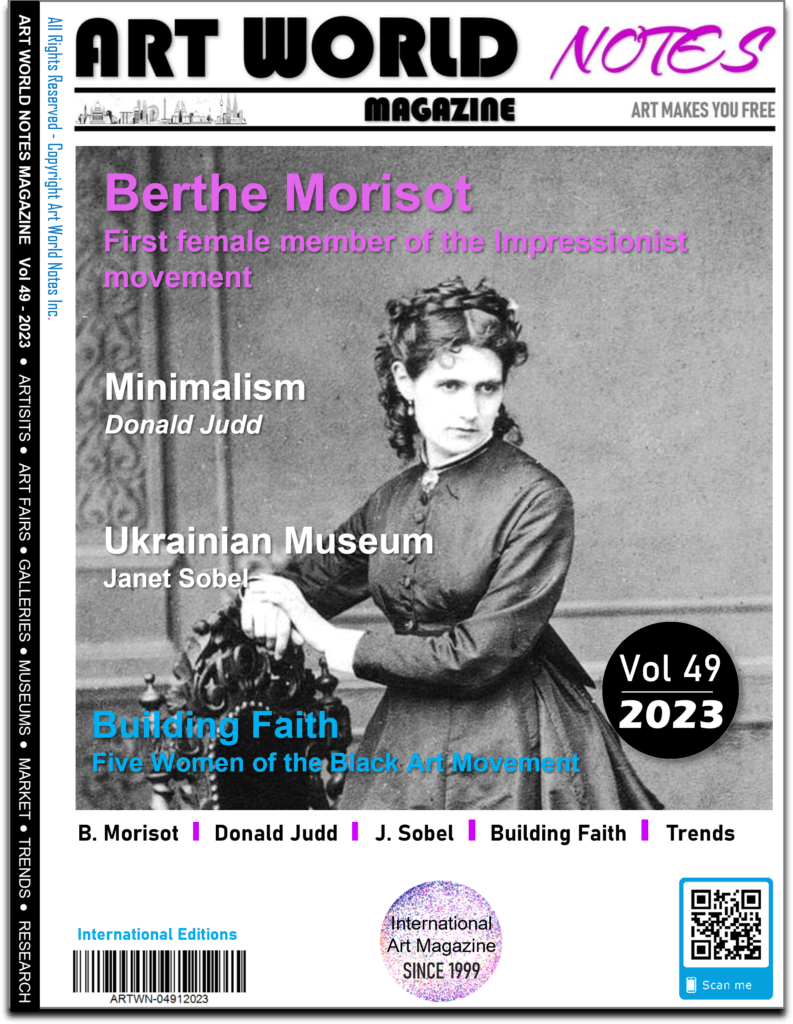
ART WORLD NOTES
MAGAZINE Vol 49
2023 – Semester 01
“Berthe Morisot”
Fisrt female, Impressionist movement
Berthe Marie Pauline Morisot was the first female member of the Impressionist movement and perhaps its most constant participant.
She was born into a bourgeois family in Bourges, France, in 1841. Her father, Edmé Tiburce Morisot, was the prefect of the Cher department, in central France. Her mother, Marie-Joséphine-Cornélie Thomas, may have been the great-niece of Jean-Honoré Fragonard, but this connection has come under question.
Berthe had a brother and two sisters, including one, Edma, with whom she learned to paint. At that time, women were not allowed into the École des Beaux-Arts de Paris, so the sisters were instructed privately, first by Geoffroy Alphonse Chocarne, then Joseph Guichard, Achille Oudinot, and Jean-Baptiste Camille Corot. They both made their debut at the 1849 Salon in Paris. While Edma eventually quit painting, Berthe kept going.
Morisot, whose family moved to Paris when she was young, would spend afternoons copying the great masters at the Louvre, where she met Henri Fantin-Latour and Édouard Manet. At age 33 she married Manet’s younger brother, Eugène, who was extremely supportive of her career.
Among her many other works, Morisot painted about 70 portraits of their daughter, Julie, and when Berthe died, in 1895, Julie made it her life’s mission to keep her mother’s memory alive, by collecting her works and exhibiting them regularly with the help of her husband, the painter Ernest Rouart. Thanks to Michel Monet’s bequest in 1966 and a donation from Julie Manet’s children in 1990, the Musée Marmottan Monet in Paris now holds the world’s leading collection of works by Morisot in the world.
Here are seven essential paintings from her nearly 50-year career.

